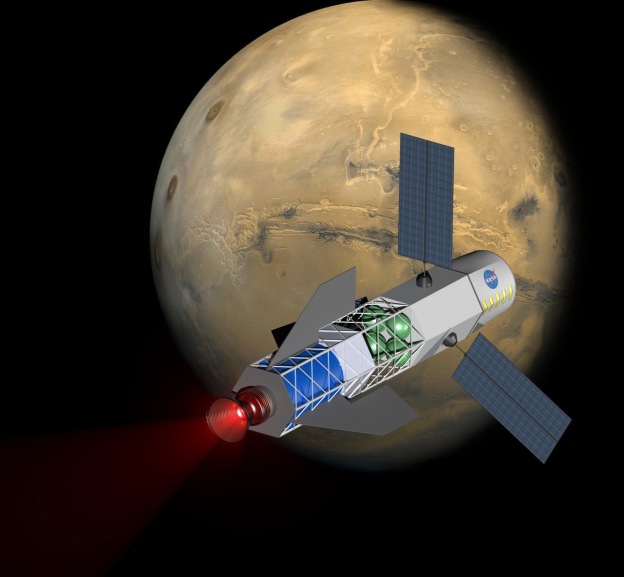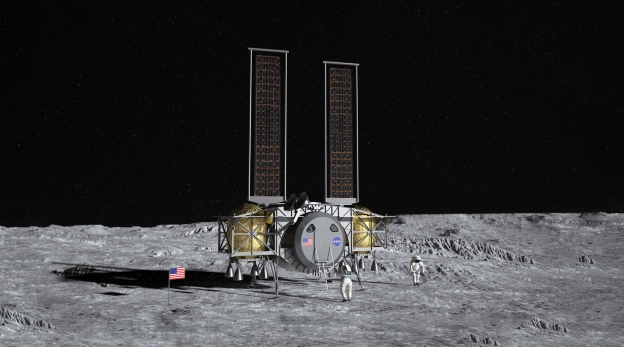The Brazilian government is ending a decade-long project to operate Ukraine’s Cyclone-4 rocket from Brazilian territory following a government review that found too many open questions about its cost and future market success, the deputy chief of the Brazilian Space Agency (AEB) said. It remains unclear whether the decision will force Brazil to pay Ukraine any financial penalties for a unilateral cancellation of a bilateral agreement. Over the years, the work to build a launch facility for Ukraine’s Cyclone at Brazil’s Alcantara spaceport has suffered multiple stops and starts as one side or the other fell short on its financial obligations to the effort…
Noronha de Souza said the idea of making a profit in the launch business is now viewed as an illusion. The project, he said, was unlikely ever to be able to support itself on commercial revenue alone. “Do you really believe launchers make money in any part of the world? I don’t believe so. If the government doesn’t buy launches and fund the development of technology, it does not work,” he said. “Everybody talks about SpaceX [of Hawthorne, California] like it’s magic, somehow different. It’s no different. Their connections with NASA have been important. If NASA had stopped the funding, where would they be? I really appreciate what they are doing, but I doubt whether launch bases can make money and survive on their own without government support.”…
While the Cyclone-4 project is about to end, Brazil has maintained as a strategic goal the development of a space-launch vehicle from the Brazilian military-owned Alcantara facility. As such it is continuing work with the German Aerospace Center, DLR, on a small solid-fueled vehicle, called VLM-1 for Microsatellite Launch Vehicle, that began as a launcher for suborbital missions and has evolved to a small-satellite-launch capability…
AEB is a purely civilian agency funded through the Science and Technology Ministry. Until a few years ago, the Brazilian military had not been a player in the nation’s space policy. That is starting to change with the Brazilian Defense Ministry’s establishment of space-related operational requirements. Among those requirements is a radar Earth observation satellite, which AEB has penciled into its program for around 2020. Aside from allowing the use of its Alcantara site, the Brazilian military is not yet financing any AEB work, but the military is expected to pay for launches of its satellites once the development is completed…
AEB is finishing design of a small multimission satellite platform whose first launch will be of the Amazonia-1 Earth observation payload, with a medium-resolution imager of 10-meter-resolution, similar to the capacity of today’s larger China-Brazil CBERS-4 satellite, which is in orbit.
Brazil and Argentina’s CONAE space agency will be dividing responsibility for an ocean-observation satellite system, using the same multimission platform, called Sabia-Mar. The first Sabia-Mar is scheduled for launch in 2017, with a second in 2018, according to AEB planning.
Excerpts from Peter B. de Selding Brazil Pulling Out of Ukrainian Launcher Project, Space News, Apr. 16, 2015
Russia has rushed to take advantage of the cancellation of space agreement between Brazil and Ukraine. [Russia] wants bot build joint projects and space programs on the long term with BRICS Group member countries, particularly Brazil. Brazil attempts to build its own cosmodrome, and unfortunately for the loss of Ukraine and its technology, the Brazilian-Ukrainian Project for the use of the Cyclone rocket in coastal launchings is practically minimalized…Russia proposed its variant of work, consisting in principle on the installation, already existent, of several satellite navigation stations Glonass and tbe idea of helping Brasilia in some way to the construction of the cosmodrome.
Excerpt from Odalys Buscarón Ochoa, Russia Interested in Space Coop with BRICS Countries, Prensa Latina, Apr. 24, 2015







